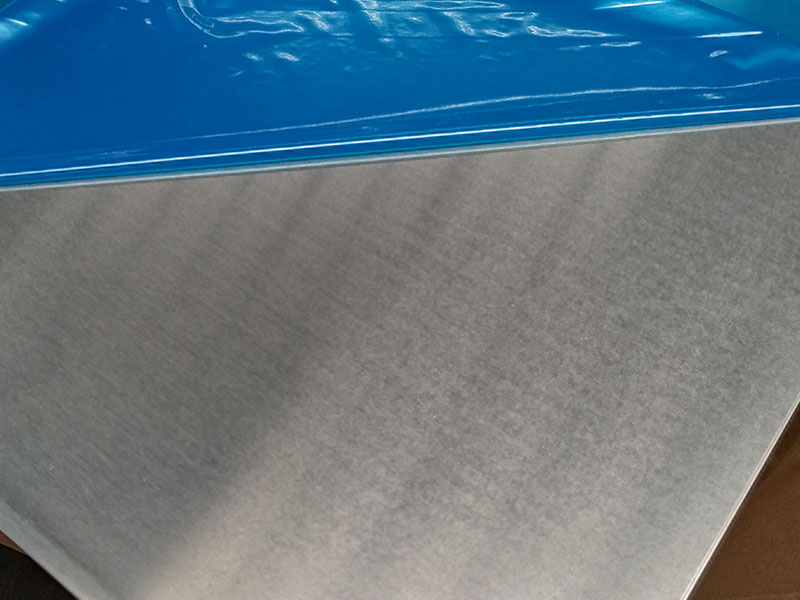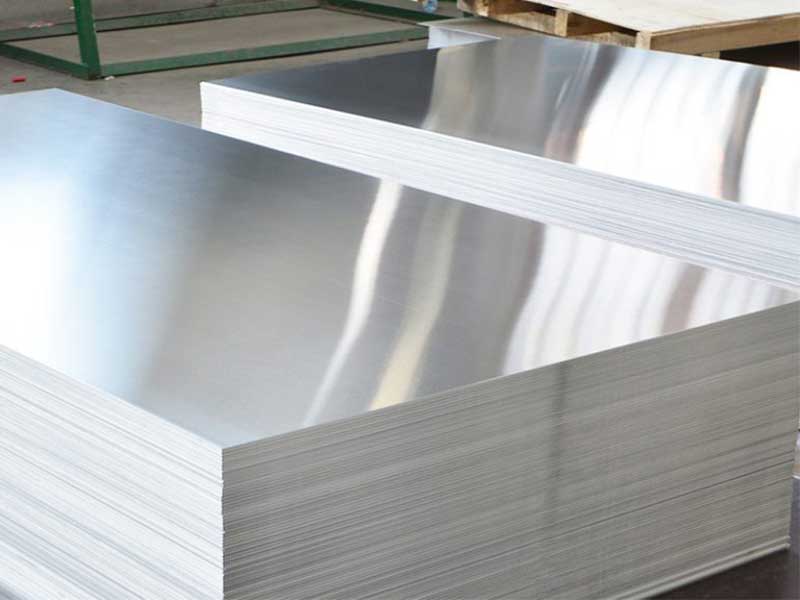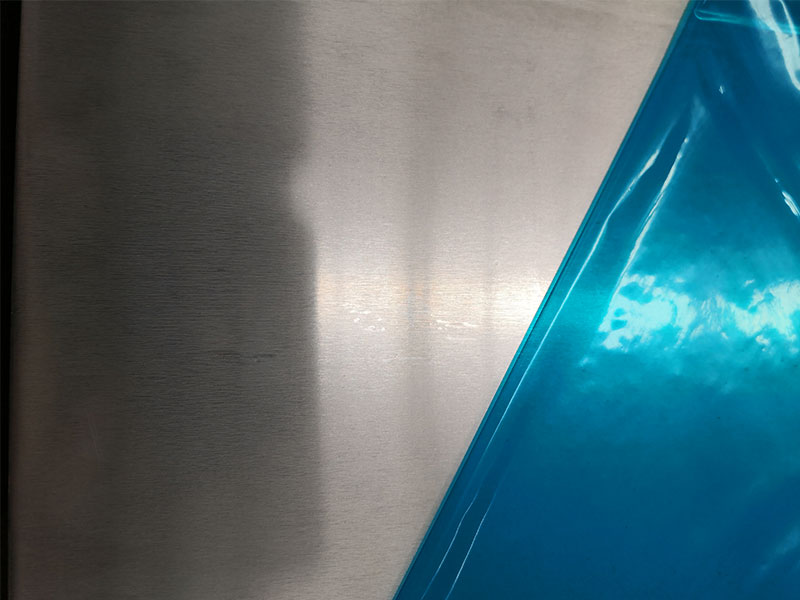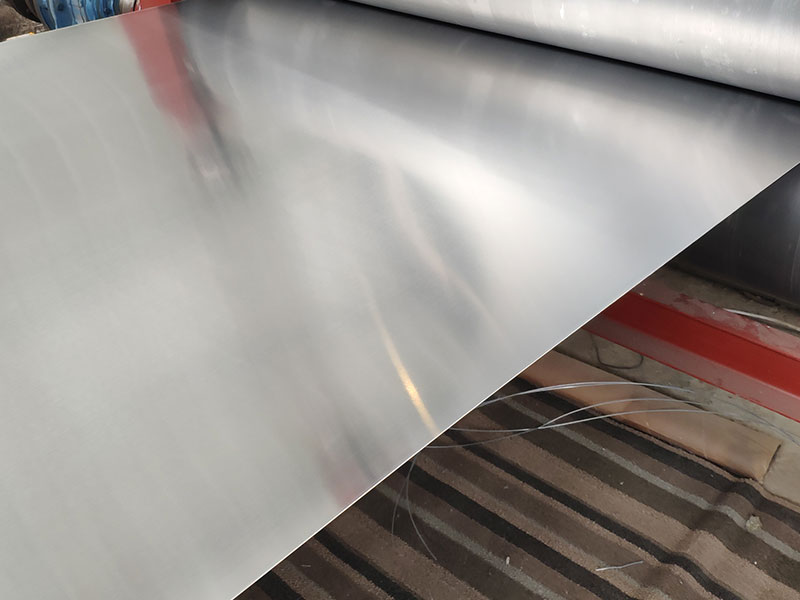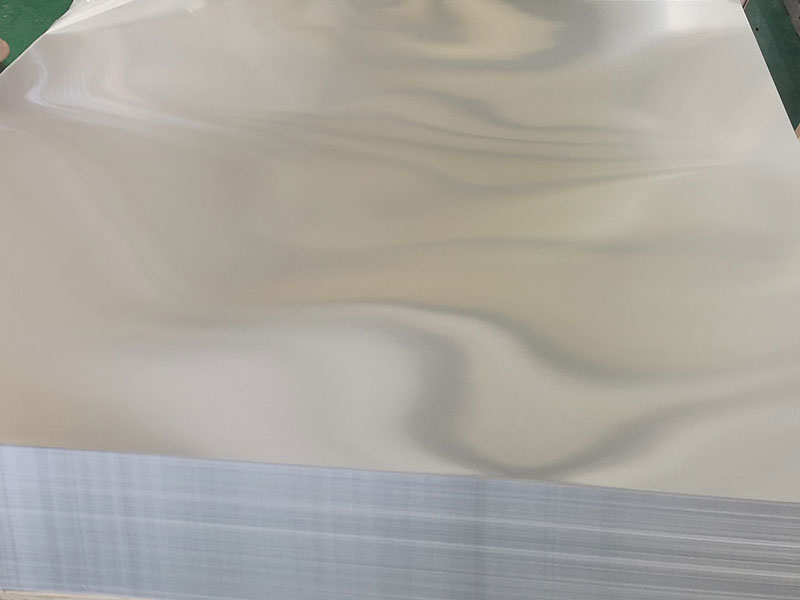5083 Aluminum Sheet
Introduction
In a world where materials science continually pushes the boundaries of engineering and design, the properties of aluminum alloys play a critical role in various sectors. Among these alloys, the 5083 aluminum sheet stands out not just for its inherent qualities but for its undeniable importance across demanding environments including marine and industrial applications. With substantial performance capabilities, the 5083 alloy elevates traditional concepts of strength and durability, leading to substantial innovation in catering to complex real-world challenges.
Working with 5083 aluminum sheet daily, I've come to appreciate its unique properties beyond the standard specifications. Its high strength-to-weight ratio is crucial for our marine applications – we see a noticeable difference in the finished product's durability compared to other alloys. But it's the weldability that truly stands out. While other high-strength alloys can be tricky, 5083 consistently yields strong, reliable welds with minimal post-weld treatment. This reduces production time and lowers our scrap rate significantly, which is a huge win for efficiency and cost-effectiveness. Furthermore, its excellent corrosion resistance, particularly in marine environments, makes it a premium choice despite a slightly higher initial material cost – a cost that's ultimately justified by its extended lifespan and reduced maintenance requirements for our clients.
However, 5083 isn't without its quirks. Its workability, while good, isn't as forgiving as some softer alloys. We've had instances where improper tooling or excessive forming pressure resulted in cracking or surface defects. This necessitates rigorous operator training and precise machine calibration, demanding a higher level of skill and precision from our team. The slightly higher cost also necessitates careful inventory management to avoid unnecessary stock buildup. Learning to balance the advantages of its superior strength, weldability, and corrosion resistance with its slightly more demanding forming characteristics is to maximizing productivity and minimizing waste when working with this specific aluminum sheet.
Unique Features of 5083 Aluminum Sheet
Initially, 5083 aluminum is primarily formulated with manganese (4.0 – 4.9%), magnesium (2.5 – 3.5%), copper (up to 0.8%), and traces of silicon, iron, and other elements. This blending imparts both strength and corrosion resistance, highlighted by several distinguishing features:
-
Corrosion Resistance: Arguably one of the hallmark traits of the 5083 alloys is its unmatched resistance to seawater and other corrosive environments. The increased magnesium content is the factor here; it provides a robust passive layer of oxide which fiercely protects against pitting and stress-corrosion cracking, a significant consideration for marine engineering.
-
High Strength-to-Weight Ratio: The 5083 aluminum sheet provides extraordinary strength without substantial weight. This is a critical advantage in industries where every pound counts, as seen prominently in marine applications where the weight of a vessel is directly linked to its capacity and fuel consumption.
-
Formability and Weldability: Because the sheet can be easily formed and welded, it introduces manufacturers to unlimited design possibilities. Both traditional welding techniques and advanced methods—like friction stir welding—are compatible with 5083, doubling down on its suitability for complex geometries often observed in ships and marine structures.
-
Excellent Anodizing Response: The alloy takes well to anodizing and safeguarding processes, elevating not just aesthetic appeal but extending longevity through durable surface treatments.
Applications of 5083 Aluminum Sheet
5083 aluminum sheets’ capabilities translate into varied, high-stakes practical applications:
-
Marine Features: Shipbuilding—which can range from bulk carriers to impact-resistant submersibles—benefits directly from the corrosion resistance and strength profiles of 5083 aluminum. It is industry-standard for constructing hulls, boat components, and various inclusion scenarios where resistance expands operational longevity.
-
Industrial Engineering: The manufacturing and assembly lines in heavy industrial applications—be it aluminum containers, transportation vehicles, and equipment or in architectural framing—rely on the flexibility reinforced by the stiffness the 5083 sheet supplies. It's ideal for pressure vessels and storage tanks in chemical processing, taking advantage of its reliability.
-
Nature Exposure Hi-Tech: Enjoying the persistence noted by plane slopes or bridge facades created with polymer-composite weather-resistant skin? The architectural emphasis employing 5083 aluminum clearly scales architectural arts by harnessing its robust, unyielding presence and good formability for precise aesthetics.
The Overarching Impact of 5083 Aluminum
Ultimately, materials like the 5083 aluminum sheet not only mean the next-generation technology but redefining the current with respect to structural integrity and creative interest. The treasurable metrics of durability and workplace versatility—it permits planners, engineers, and manufacturers alike to approach challenges with new ideas.
Moreover, the technologically advanced induction dealing surface imperfections enlivens immediate reuse rather than disposal status posts damned conditions, sustaining accordance between environmental practices and fabrication interests.


